1. They are individually small, but collectively mighty
It’s estimated that there are over 700 trillion adult individuals of these shrimp-like crustaceans in the Southern Ocean.
Based on their size and sheer abundance, these hundreds of millions of krill could wrap around the earth a million times and are estimated to weigh more than 400 million tonnes – that’s about the same collective weight of all the people on the planet!
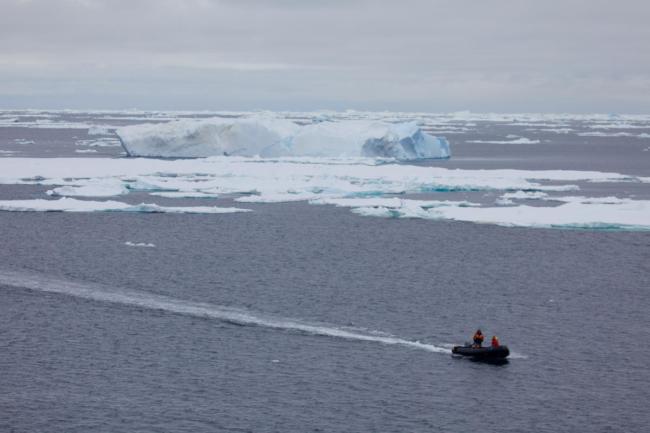
© WWF-Aus / Chris Johnson
2. They have a huge geographic range
The total area of ocean inhabited by Antarctic krill is estimated to cover up to 32 million square kilometres. This is larger than the size of Africa, or 11% of Earth’s total ocean area.
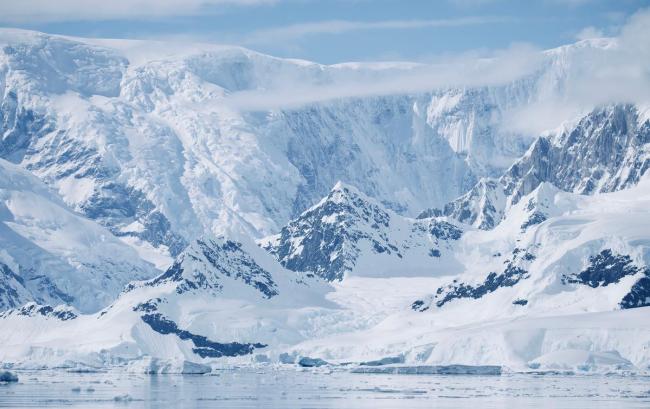
© Chris Johnson / WWF-Aus
3. Their super swarms can be seen from space
Antarctic krill form super-swarms that can be tens of kilometres wide and over one hundred metres deep. This amazing spectacle can be seen from space.
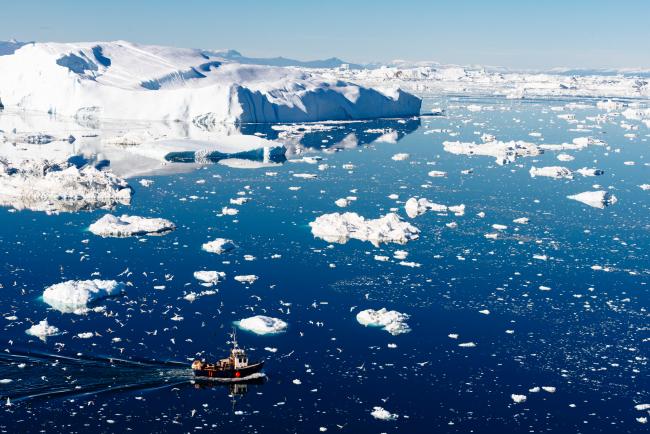
© Elisabeth Kruger / WWF-US
4. Krill are larger than you may think
Antarctic krill grow up to 6cm in length and can weigh 1 gram. When considering all animals that live in the ocean, this actually makes them an average size (by weight).
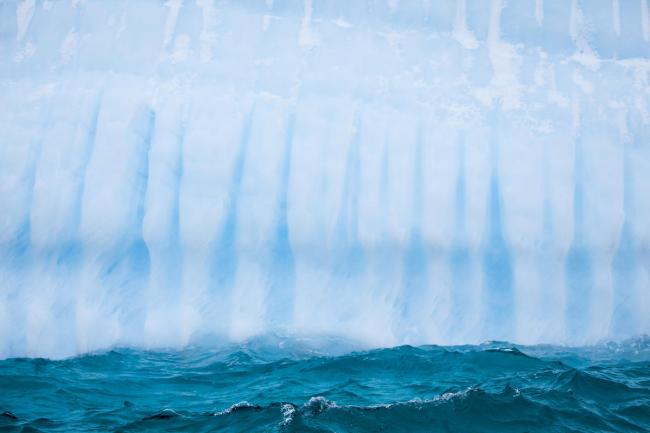
© Chris Johnson / WWF-Aus
5. They can glow in the dark
Antarctic krill (and other krill species) are bioluminescent, meaning they produce light. Possible reasons for this production of light from specially adapted organs include communication and camouflage.
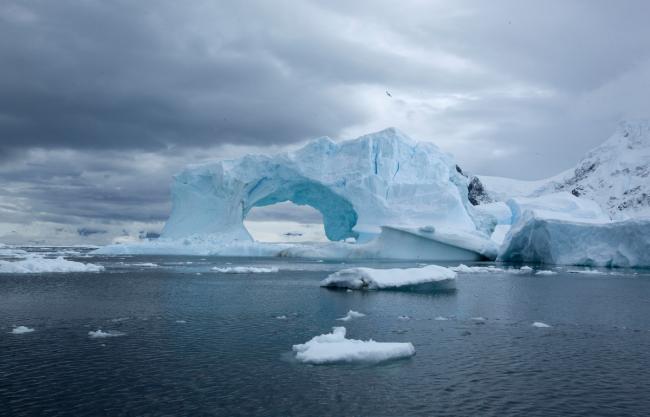
© Wim van Passel / WWF
6. They can deep dive
Historically, scientific study of Antarctic krill largely focused on the top 250 metres of the ocean. Most krill can be found here, feeding on phytoplankton, however research is increasingly showing that krill often swim down to visit the seafloor at depths of over 2,000 metres in what is known as the ‘abyssal zone’ of the ocean.
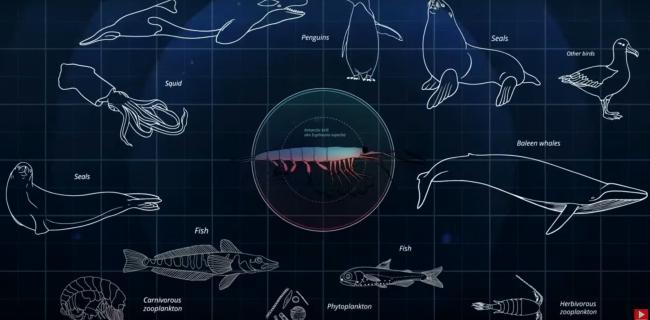
WWF-UK
7. They are at the centre of the Southern Ocean food web above the sea floor
Antarctic krill are a key species, supporting populations of penguins, seals, whales and other marine life.
It is estimated that in one day, a single crabeater seal can consume 11,000 krill, and a single Adélie penguin can consume 1,200 krill!
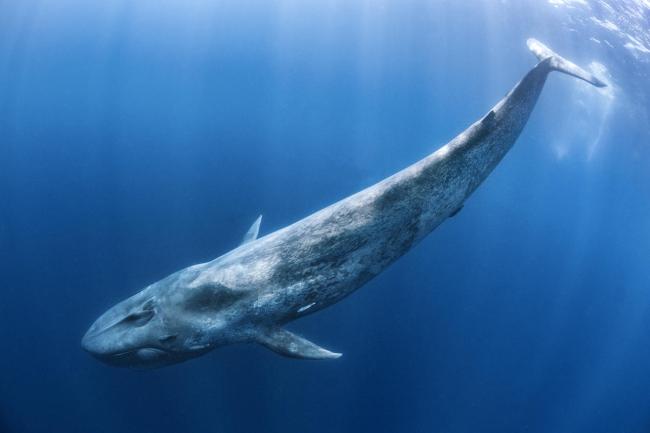
© naturepl.com / Alex Mustard / WWF
8. The biggest animal that has ever lived – the Antarctic blue whale – depends on them
The majority of blue whales in the Southern Ocean feed mainly on Antarctic krill for six months of the year, before migrating thousands of kilometres north to breed, during which time they do not feed. It has been estimated that a single blue whale can consume 3.6 million krill in one day!
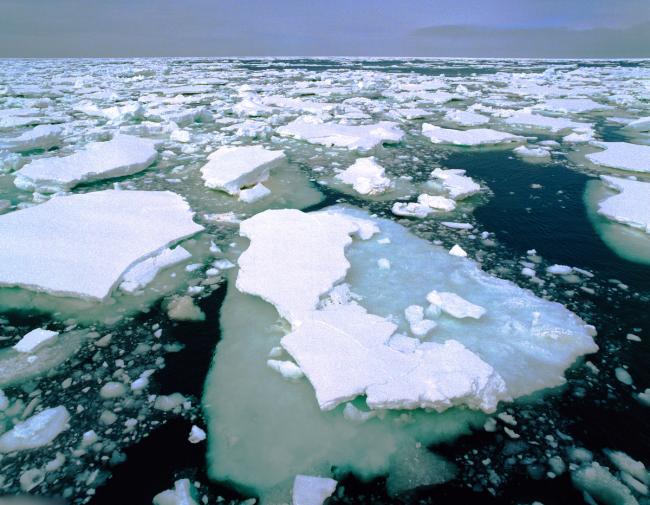
© Wim van Passel / WWF
9. They play an important role in mitigating climate change
Antarctic krill feed on phytoplankton (single celled marine plants), which absorb carbon dioxide. Krill then egest this carbon through their faecal pellets and by shedding their exoskeletons, which then both sink to the sea floor where some of the carbon gets stored away.
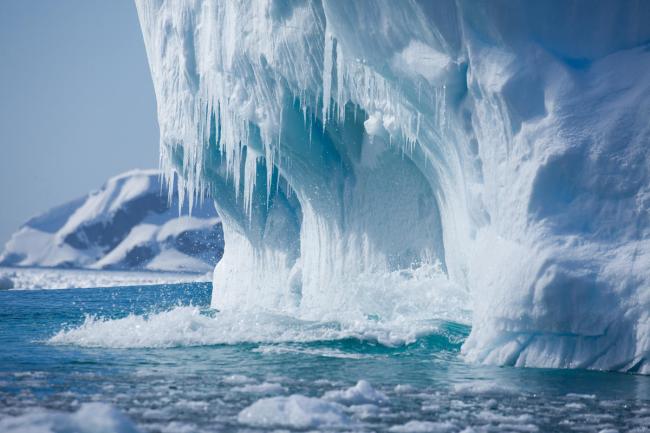
© Chris Johnson / WWF-Aus
10. They are under threat
Antarctic krill are victims of the combined effects of ocean warming and loss of sea ice, and they are further threatened by ocean acidification (as atmospheric carbon dissolves into the ocean and increases its acidity) and increasing interest in the krill fishery.
Their early development may be particularly vulnerable to ocean acidification and young krill require stable sea ice under which they can feed and grow. In combination, this increases the stresses on Antarctic krill, whose habitat is already shrinking and their range contracting south.
These threats will negatively impact krill reproduction and survival, and ultimately could change the Southern Ocean ecosystem.

